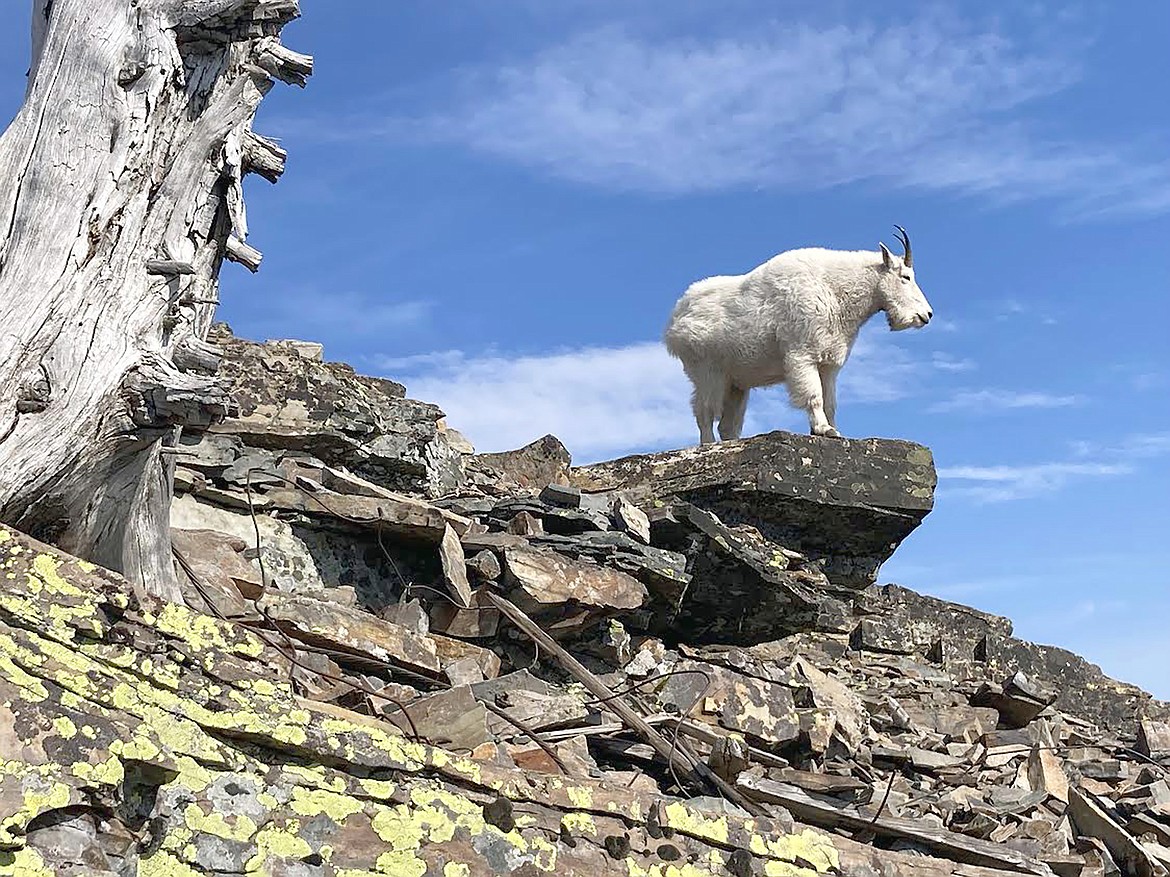Trail building in the Scotchman Peaks
Our backyard trails are experiencing increased use — that’s no surprise for Bonner County locals. Overflowing trailhead parking lots are the talk of the town. Over 60 hikers summited Scotchman Peaks on sunny days this summer and fall.
As more people move to the Idaho Panhandle, our most beloved and remote destinations — the Scotchman Peaks, Cabinet Mountain Wilderness and the Selkirks — are increasingly bustling. The love for our local public land is growing quickly. However, funding for trail maintenance and public education is not growing quickly.
The Forest Service doesn’t have the resources to clear every trail and talk to every hiker in the Idaho Panhandle. And you can’t blame them. Bonner County is made up of 60% public land. That’s where local non-profits like Friends of Scotchman Peaks Wilderness (FSPW) step in — providing trail maintenance and education.
Each summer, FSPW mobilizes a crew of volunteer trail stewards to keep trails open and navigable. In the Inland Northwest, our trails can become particularly gnarled. Rampant tree fall from root rot, severe erosion from heavy rains and seemingly instantaneous overgrowth of shrubbery create significant challenges for anyone looking to explore.
FSPW volunteers, most of whom have no professional experience in trail maintenance, clear trees from the trail, dig tred, build water bars and prune overgrown plants. They make our trails more accessible, while also preventing habitat degradation from increased use.
“Some of our region’s most beautiful landscapes would be barely navigable without the work of FSPW’s volunteers,” noted Carolyn Knaack, trail volunteer. “Their work increases recreational opportunities while also protecting our shared lands. Those are services that are invaluable to our rapidly-growing community.”
Trail volunteers worked on over 66 miles of trails and cleared over 126 trees, all without the help of power tools. That means no chainsaws and no excavators. With crosscut saws, Pulaskis, and elbow grease, they managed to maintain almost every single trail in the 88,000-acre proposed Scotchman Peak Wilderness Area.
But stewardship is about more than sawing trees and building switchbacks. It’s also about making sure that trail users know how to respect the land and its inhabitants. That’s why FSPW also provide education for hikers through their Trail Ambassador program. This year volunteer Trail Ambassadors talked to over 1,258 hikers on Scotchman Peak. They reminded hikers to steer clear of the local wildlife, preventing accidents and promoting safety.
“I like helping keep the trails open, accessible and more inviting, for people I don't even know,” commented Greg Dugdale, a FSPW volunteer who travels over 10 hours to attend trail work days. “Hopefully [they] can find the same enjoyment and peace I feel, when out hiking in the wilderness.”
Between FSPW’s trail building and ambassador programs, 176 volunteers spent over 1,694 hours in the Scotchmans. They spent a total of 55 days in the field. Their dedication and passion are exactly what’s needed to keep our public lands wild, roadless and open for all. To learn more about volunteering with FSPW visit scotchmanpeaks.org/get-involved/
Kelsey Maxwell is the communication & outreach coordinator with Friends of Scotchman Peaks Wilderness.

